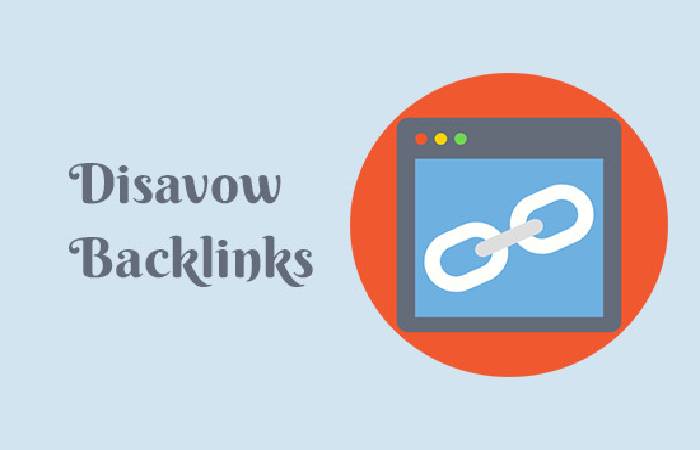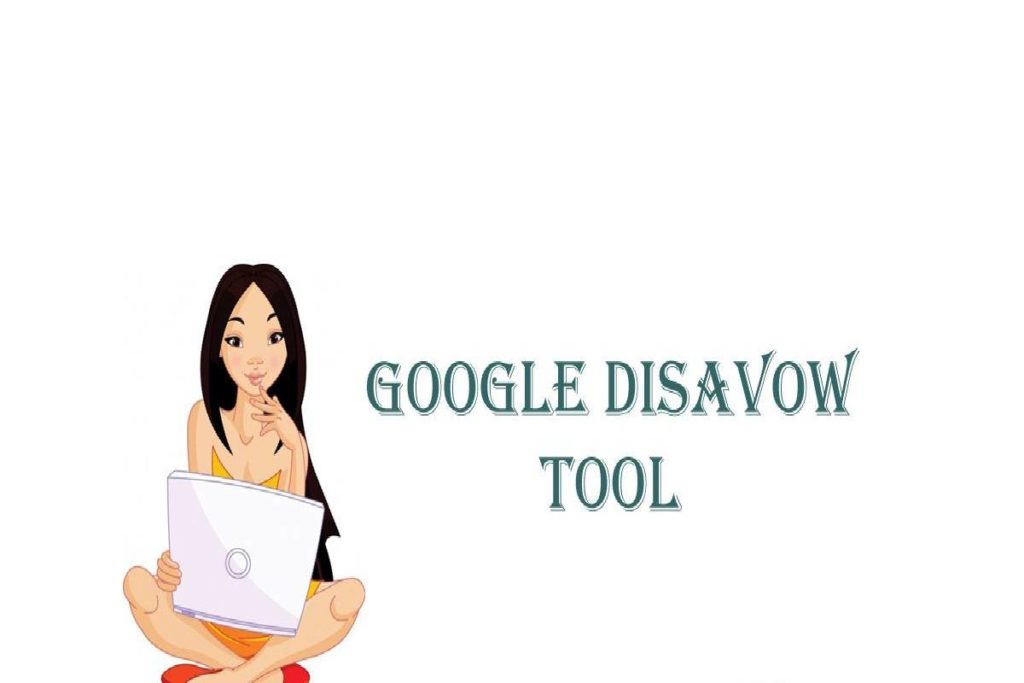Google Disavow Tool Definition
The ” Google Disavow Tool” functionality is a tool found within the Google Search Console, formerly called “Webmaster Tools.”
It is responsible for asking the search engine not to take into account some of them coming from some URLs, domains, or subdomains.
In other words, the tool does not cause the search engine to delete the backlink but instead makes it ignore it and interpret it as spam.
It is the reason why, before making a Disavow, you have to be entirely sure that it is toxic and that it influences a negative SEO positioning.
What happens if I misuse the Google Disavow Tool?
- Misuse of the Google above functionality can turn against us, in those cases in which it used to disallow those that are ‘non-toxic.’
- It is the reason why you must be very cautious when working with it. If the number of toxic links practically insignificant compares to the number of total backlinks that point to that content, the recommendation is usually not to use it.
What exactly is linking disavowal for?
Google’s disavow tool has a function that artificially excludes or ignores, without eliminating, when calculating the ranking of a website.
This tool used to: prevent or cure.
- There is talk of curing in case the Penguin algorithm affects a website, or a manual action received.
- In the prevention hypothesis, it used because some links may not harm a site at present, but they could do so in the future with the next search engine updates that are undoubtedly to come.
As you may have guessed so far, all this inevitably results in our domain being “cleaner” and that we can outperform our competition in organic search rankings.
Why should I Disavow some backlinks from my web domain?

It is a tool that should use sparingly and should use only in severe cases when we notice that we have linked from somewhere that is causing us too much harm.
Therefore, it refers to those cases in which some receives from strange listings or ‘rare’ websites, such as:
- Porn pages.
- Link farms.
- Foreign websites or rare languages.
- Image directories.
Pages that provide, at first glance, very little value.
At this point, I must clarify that disavowing is not the same as deleting a link. Therefore, when it deleted, it ceases to exist.
But when it disallows, the search engine told that it generates by someone else and that it was not it’s unusual for the Web.
If, furthermore, it is toxic, you asked not to take it into account, even if it continues to exist.
Why should I make sure I want to Disavow a link?
The reason why Google Disavow cannot use lightly is that most pages do not need it.
Unless some artificial ones generated with which to improve visibility through the “Black Hat” and other suspicious techniques.
Links should only disallow when they cannot remove and, if the tool used recklessly, the organic positioning capacity of the site might be damaged.
What happens in the Search Console after disavowing links?
- It is one of the most recurring questions among users who, in the end, agree to disavow within their Web domain.
- Wrong-way, when we send our first file, we wait for a while until they have disappeared, but in reality, this is not the case.
- The reason is simple: Disavow designs to remove backlinks to our site.
- If Google and its robots go through the page in question, it will continue counting that link. Still, it will interpret it as if it were an attribute of ‘nofollow.’


